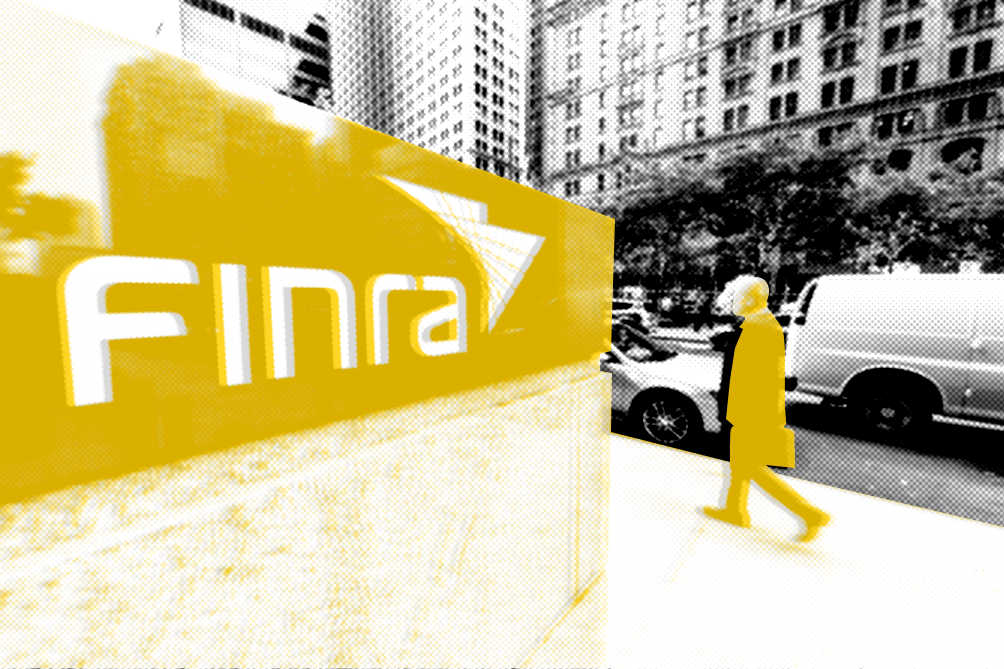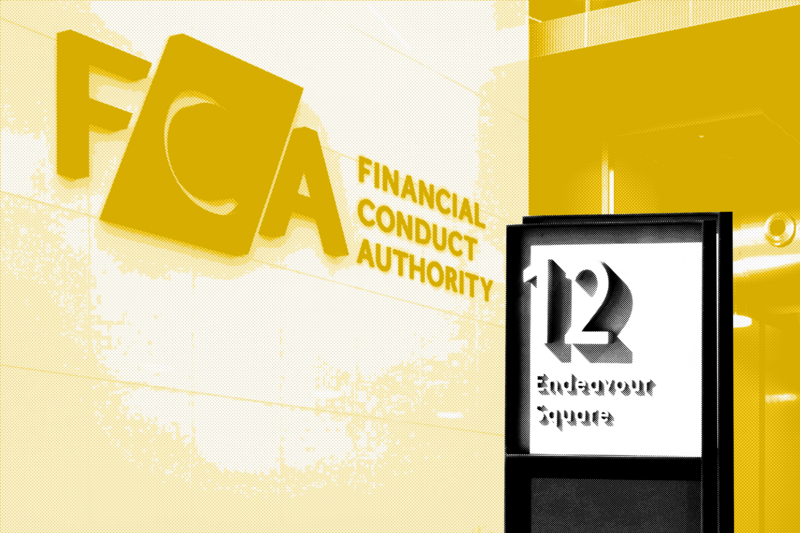At its June 2025 meeting, FINRA’s Board of Governors advanced key rule proposals and strategic oversight priorities, reflecting a broader regulatory recalibration.
Among the approvals were targeted amendments to Rule 4311, aiming to clarify tri-party carrying arrangements and streamline reporting obligations, and to Rule 2210, easing restrictions on performance projections for
The
Register for free to keep reading.
To continue reading this article and unlock full access to GRIP, register now. You’ll enjoy free access to all content until our subscription service launches in early 2026.
- Unlimited access to industry insights
- Stay on top of key rules and regulatory changes with our Rules Navigator
- Ad-free experience with no distractions
- Regular podcasts from trusted external experts
- Fresh compliance and regulatory content every day

















